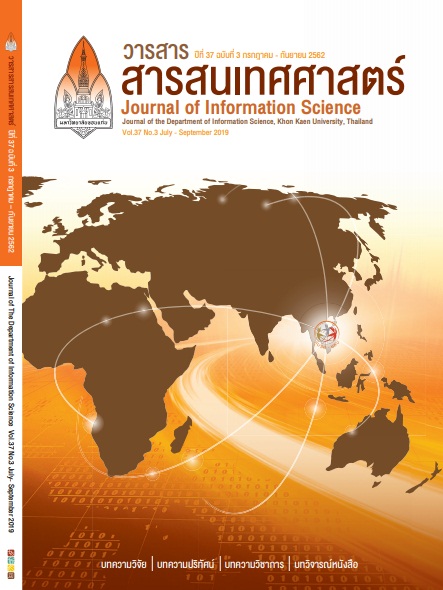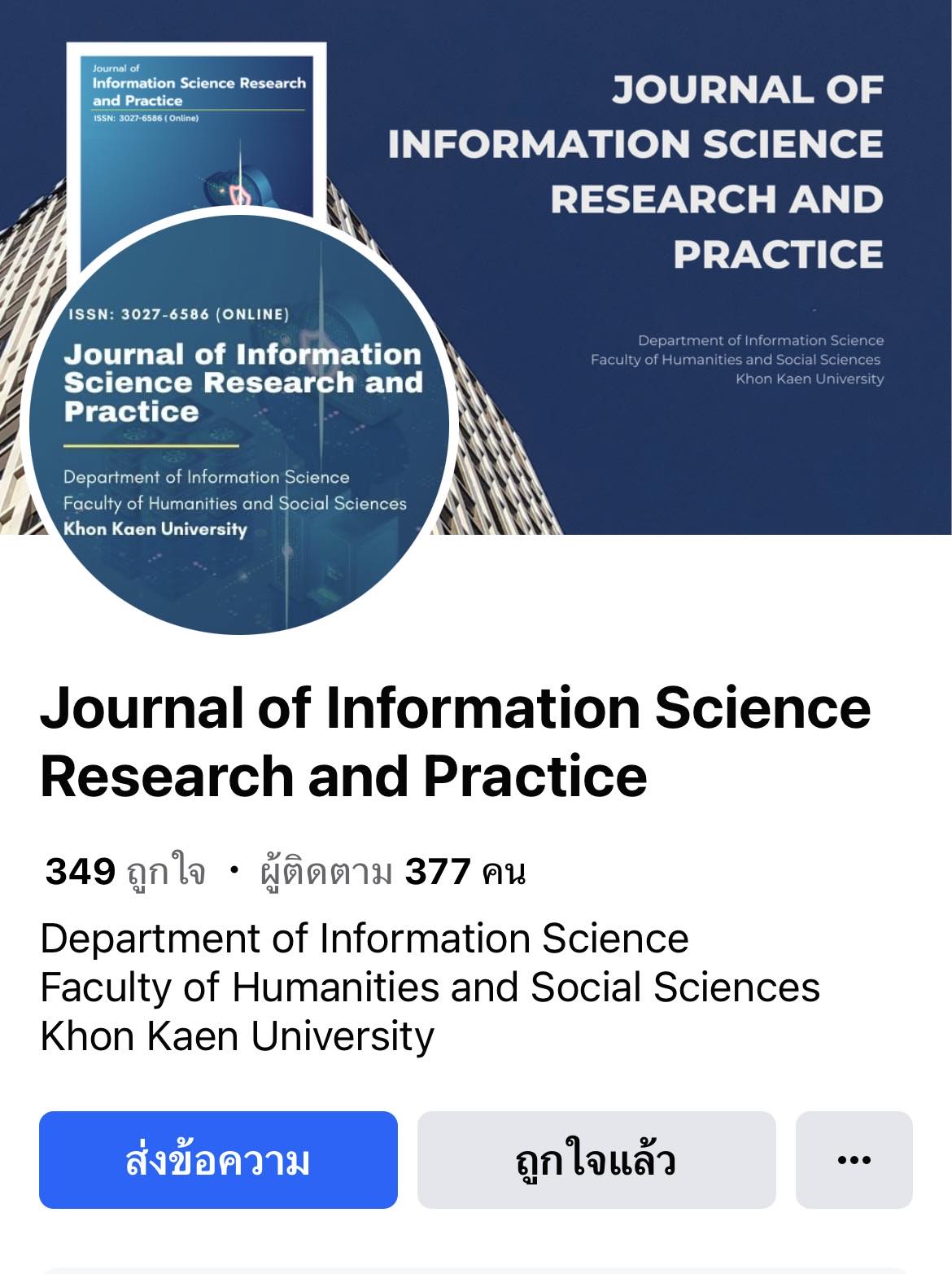Development of Instructional Model Using Problem-Based Learning with Lateral Thinking on Isometric Virtual World to Enhance Creative Problem-Solving of the Undergraduate Students
DOI:
https://doi.org/10.14456/jiskku.2020.1Keywords:
Problem-based learning, Lateral thinking, Isometric Virtual World, Creative problem-solvingAbstract
Purpose of the study: to develop the instructional model using problem-based learning with lateral thinking on isometric virtual world to enhance the creative problem-solving of the undergraduate students.
Methodology: mixed-method research, which used the data collecting instruments such as interviews and evaluated form.
Main Findings: the research result found that the instructional model consists of 4 components contained by 7 processes.
Applications of this study: this study can be a helpful guide for using the isometric virtual world for educational and information science purposes.
Downloads
References
Aldrich, C. (2009). Learning online with games, simulations, and virtual world: strategies for online instruction. San Francisco: Jossey-Bass.
Al-Washmi, R., et al. (2014). Design of a math learning game using a minecraft mod. Proceedings of The European Conference on Games Based Learning (110-17). New York: Curran Associates.
Arthur, Cropley. J. (1996). Recognizing creative potential: An evaluation of the usefulness of creativity tests. High Ability Studies, 7(2), 203-219.
Bishop, J. (2011). Partnership for 21st century skills (P21). Retrieved from https:// `www.imls.gov/assets/1/AssetManager/Bishop%20Pre-Con%202.pdf.
Chanayotha, P. (2014). Open educational resources development based on service learning approach to enhance public consciousness and creative problem solving for rajabhat university students. Doctoral dissertation, Chulalongkorn University.
Cipollone, M., et al. (2014) Minecraft as a creative tool: A case study. International Journal of Game-Based Learning, 4(2), 1-14.
Cochran, W. G. (1977). Sampling techniques (3rd ed.). New York: John Wiley & Sons.
Dianne, D. (2005). Primarily problem solving: Creative problem solving activities. Texas: Prufrock.
De Bono, E. (1970). Lateral thinking: creativity step by step. Harper & Row.
Gomolkittisak, N. (2010). An analysis of the effects of creative problem-solving process on creative problem solving ability, teamwork skills, and selfesteem of lower secondary school students: a time series experiment. Master thesis, Chulalongkorn University.
Hanghøj, T., et al. (2014). Redesigning and reframing educational scenarios for minecraft within mother tongue education. Proceedings of The European Conference on Games Based Learning (182-190). New York: Curran Associates.
Kapp, Karl M. & O’Driscoll, T. (2010). Learning in 3-D: Adding a new dimension to enterprise learning and collaboration. San Francisco, CA: Pfeiffer.
Khammani, T. (2007). Teaching science: Knowledge for effective learning process management. (In Thai). Bangkok: Chulalongkorn University Press.
Malakul Na Ayutthaya, P. (1994). Creativity: a talent that can be developed. (In Thai). Bangkok: Faculty of Education, Chulalongkorn University.
Besemer, S. P., & Treffinger, D. J. (1981). Analysis of creative products: Review and synthesis. The Journal of Creative Behavior, 15(3), 158-178.
Nonis, D. (2005). 3D Virtual learning environments (3D VLE). Educational Technology Division, Ministry of Education, Singapore. Retrieved from http://iresearch.osprey.url3.net/iresearch/slot/u110/litreviews/3d_vle.pdf.
Phanmanee, A. (2014). Practice the creative thinking. (In Thai). Bangkok: Chulalongkorn University Press.
Short, D. (2012). Teaching scientific concepts using a virtual world--minecraft. Teaching Science, 58(3), 55-58.
Songkram, N. (2012). Effect of organizing active learning and hybrid learning on design of virtual field trip and to enhance creativity for undergraduate education students. (In Thai). Journal of Education, Silpakorn University, 10(2), 82-95.
Torrance, E. P. (1966). Torrance tests of creative thinking—norms technical manual research edition—verbal tests, forms A and B—figural tests, forms A and B. Princeton: Personnel Press.
Twining, P. (2010). When educational worlds collide. New York: Nova Science Publishing.
Wagner, T. (2008). Rigor Defined. The journal of expecting excellence, 66(2), 20-25.








